More Sekt please we’re British
6th November 2019
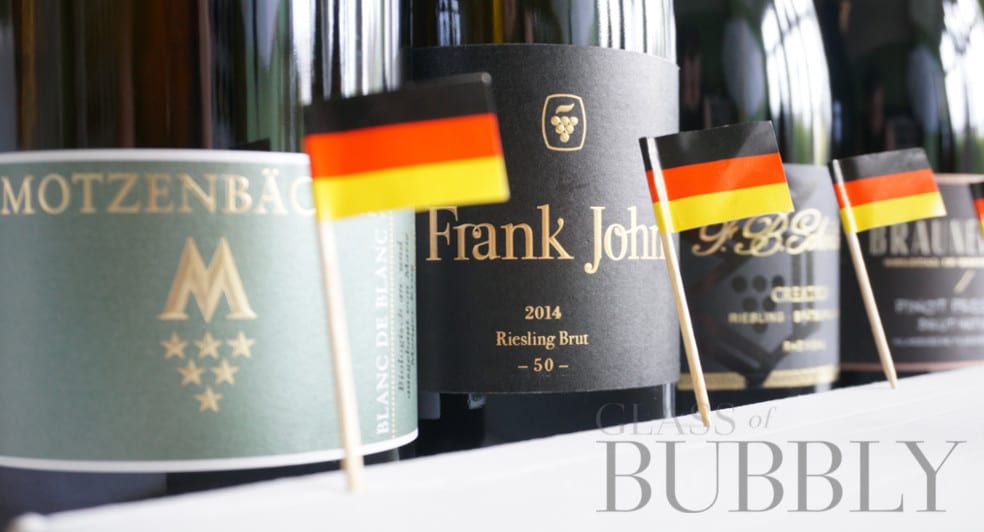
Though many of us will be tempted to call a sparkling wine Champagne, in most cases the wine will in fact not be Champagne at all. To be honest, it is an easy and almost innocent mistake for any consumer, and I have heard the occasional slip of the tongue by wine experts also, to make in thinking that, because of its global popularity, if a wine contains bubbles it is Champagne.
Though each year around 300 million bottles of Champagne are sold globally, there are also 100’s of millions more produced of other styles of sparkling wine made internationally from Japan to Slovenia. Alongside Champagne, there are famous sparkling wine styles such as Prosecco, Cava, Cremant, Franciacorta, Spumante and many more.
Because of the popularity and brand awareness of the word Champagne, it is still a very much an upward struggle for other sparkling wine regions (Champagne can only be made within certain classified growing zones of Northern France) to gain an identity and be cemented within consumers vocabulary. Prosecco has certainly made a recent bold effort and seen their popularity and sales grow following big investment and marketing drive, this leaves the door slightly less open for other regions to move in to.
Sparkling wine is the term for the other fizzy wines though there are terms used by certain countries to set themselves apart and obtain an identity such as MCC (Methode Cap Classique) from South Africa, Penina from Slovenia, Spumante from Italy and Sekt from German.
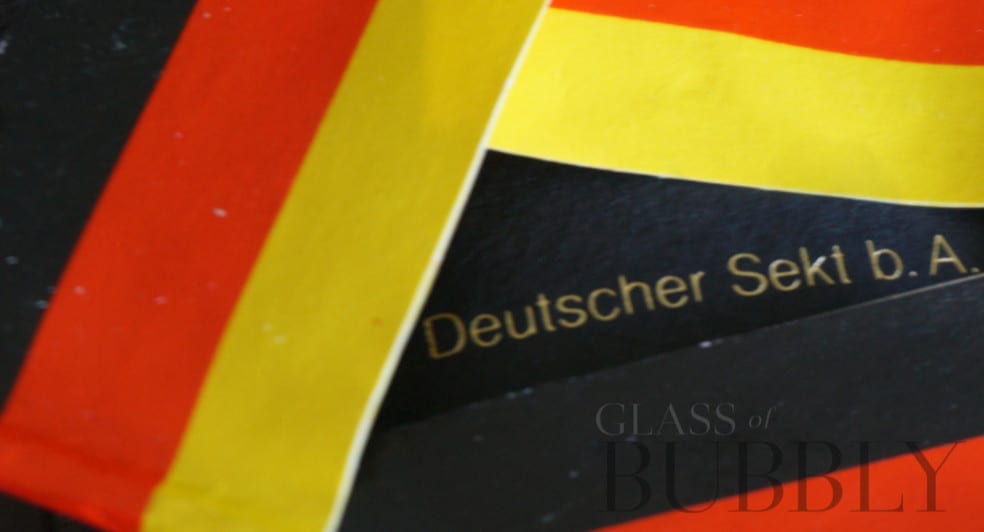
Deutscher Sekt German sparkling wine
What is Sekt?
Sekt is the translation in German for ‘sparkling wine’. Simple enough and effective as a name for Sekt, especially within wine professionals and wine lovers, is a recognised and easily recognisable name and one that many people are intrigued to explore. It has great potential to grow its worldwide audience and fan base.
There are thousands of German wine producers across the country with popular grape varieties including Riesling, Bacchus, Gewürztraminer, Nobling and over 100 more that are permitted to be grown. Amongst the vineyards and winemakers are also many great Sekt examples of which some recently gained respectful medals at The World’s Finest Glass of Bubbly Awards proving that the German sparkling wine scene is a force to be reckoned with and could very easily make a greater impact within the UK and creep through the door that is still slightly ajar in the sparkling wine sales scene.
Examples of Sekt:
We picked out four different wineries to take a look at and review – Find below more details of each including links to their official websites.
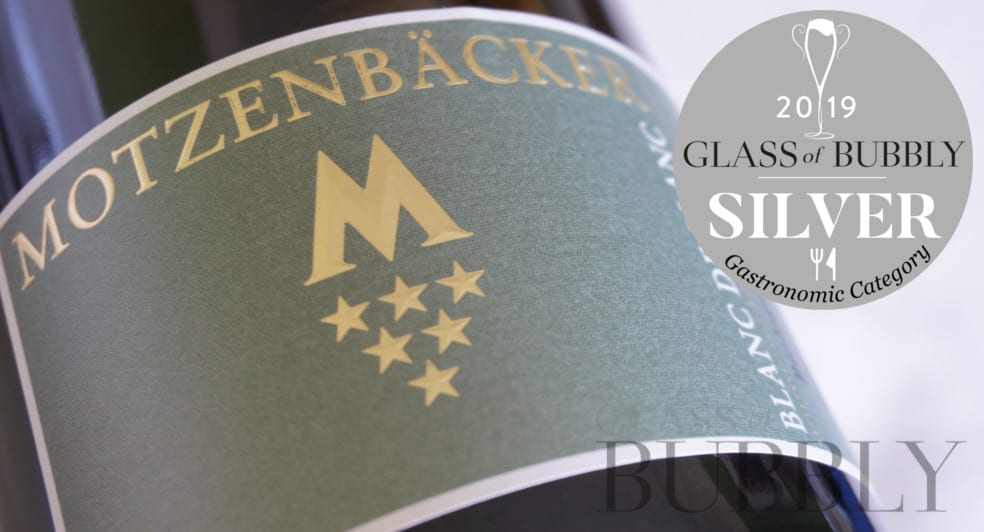
Motzenbacker Blanc de Blancs NV Brut
Motzenbäcker – Blanc de Blanc Brut: “Soft rounded nose with honey, peach skin, apricot. Flavours are fruits with livening yellow fruits.”
Motzenbäcker wines are all made from organically grown estate grapes, overseen by biodynamic philosophy and practice, and, for the most part, made with a spontaneous fermentation using wild, indigenous yeasts. The winery can be found in the southern part of Germany between the cities of Frankfurt and Stuttgart.
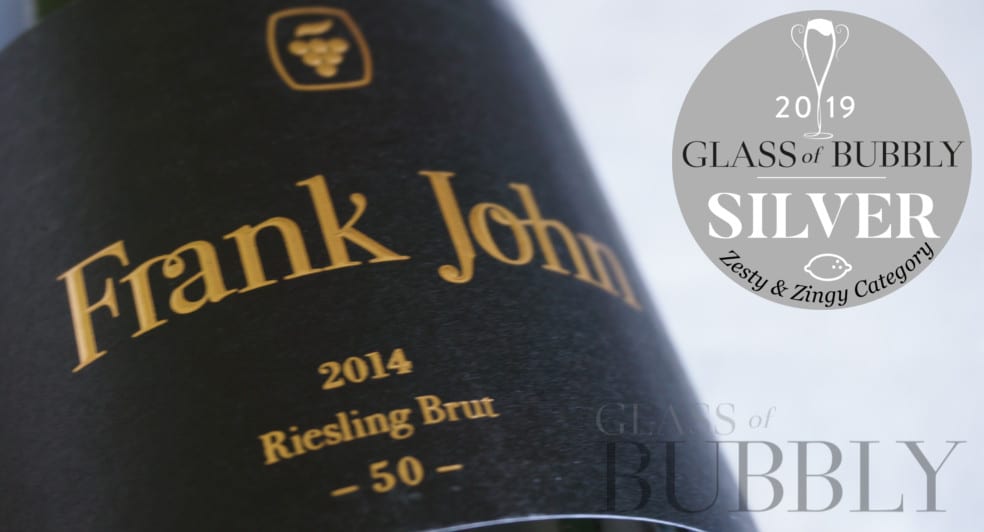
Frank John Riseling 2014 Brut
Frank John – 2014 Riesling Brut ’50’: “Creamy green apple skin aromas. Touch dry leading to green fruit flavours Refreshing and crisp.”
Frank John can proudly state that since their first vintage they have only been using grapes of bio-dynamic cultivation. The wines of John Frank unite good balance with the interplay of mineral nuances, intensity and fullness.
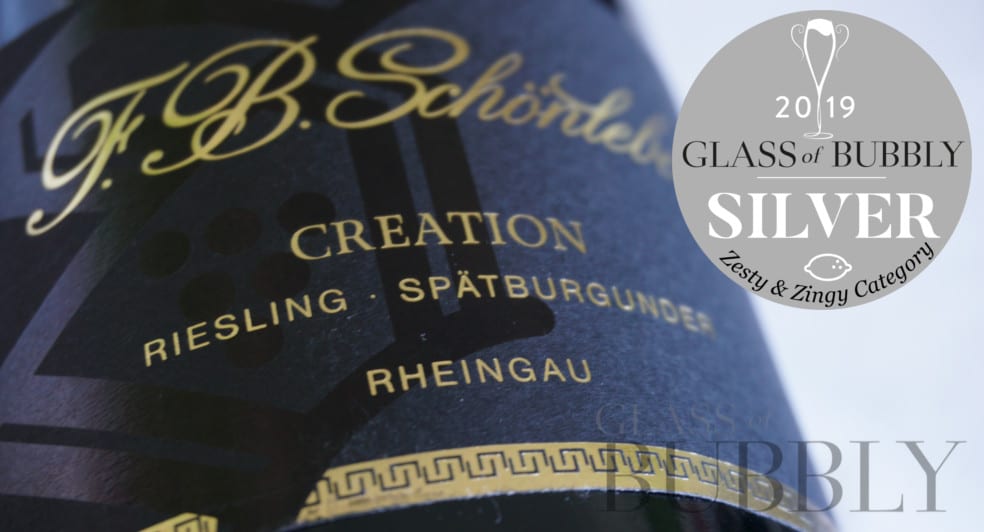
F.B. Schönleber Creation Riesling Sekt
F.B. Schönleber- Creation Riesling, Spatburgunder Brut: “Nose offers golden fruits, honey, herbs, olives, greengage. Touch dry though fine and complex flavours that are most pleasing – touch of citrus, green fruits, brioche, floral and more.”
F.B. Schönleber can look back on a 200 year tradition. The estate is now run by brothers Bernd and Ralf Schönleber. Each year they produce 22,000 bottles of sparkling wine and only use the process of classic bottle fermentation. Each sparkling wine is a unique characteristic and is authentic with a focus on the fruits.
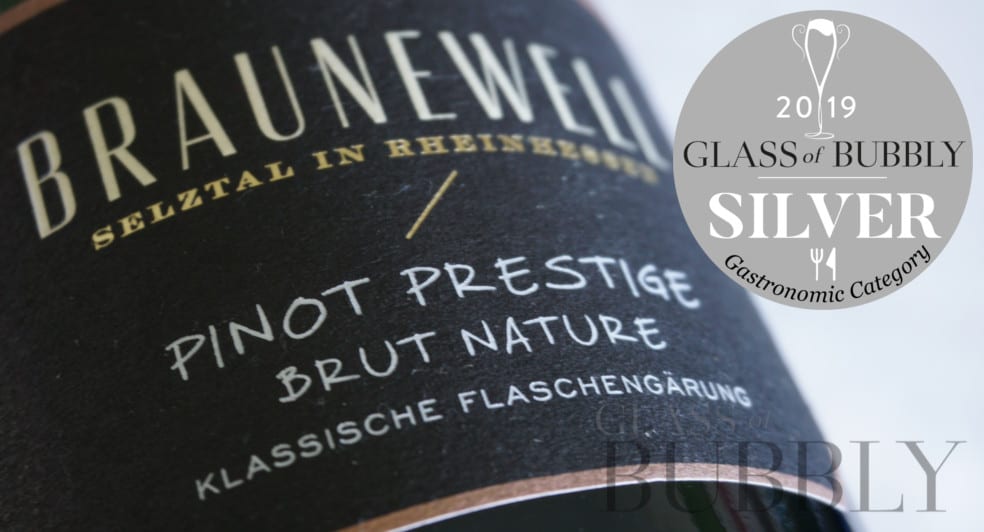
Braunewell Pinot prestige Brut Nature
Braunewell – Pinot Prestige Brut Nature: “Yellow fruits, white strawberry, pastry on the nose. Touch dry with green fruits, zesty flavours – delicate and fine, good for fine food pairing.”
The home of Braunewell is Selztal (region of Rheinhessen) which offers excellent conditions for wine growing with Deep, playful soils and a cool climate enabling a late, optimal grape ripeness.
![]()
Christopher Walkey
Co-founder of Glass of Bubbly. Journalist and author focused on Champagne & Sparkling Wines and pairing them with foods.
